ADU Knowledge
October 7, 2025
ADU Designer Tips for Blending Units with Existing Architecture

.png)
Schedule a free appointment with one of our ADU experts.
Get ADU QuoteOr call: (323) 591-3717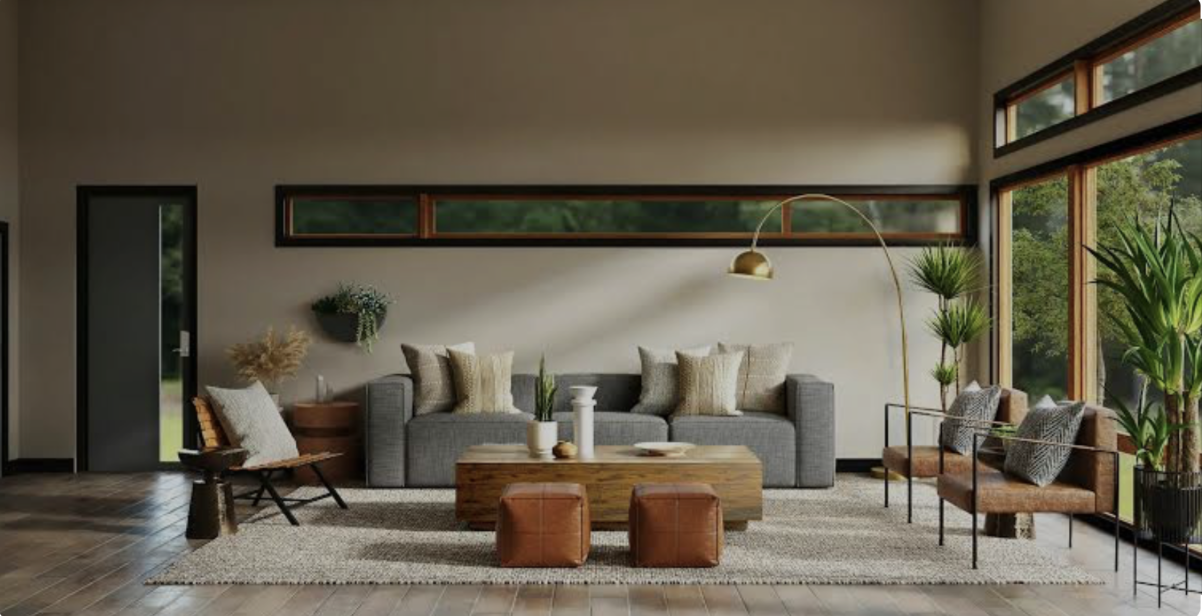
Designing an Accessory Dwelling Unit that blends with your existing architecture requires more than choosing layouts and finishes. The true goal is to make the new structure feel like a seamless extension of your home. A thoughtfully designed ADU enhances property value while creating harmony across your space. It also provides a welcoming environment that comfortably serves family members, guests, or future tenants.
At GatherADU, we guide Los Angeles homeowners through designing units that naturally complement their existing homes. From matching architectural styles to choosing materials and finishes, every detail matters. Our focus is on creating backyard units that look cohesive, functional, and timeless, ensuring your property gains value while maintaining a unified and attractive appearance.
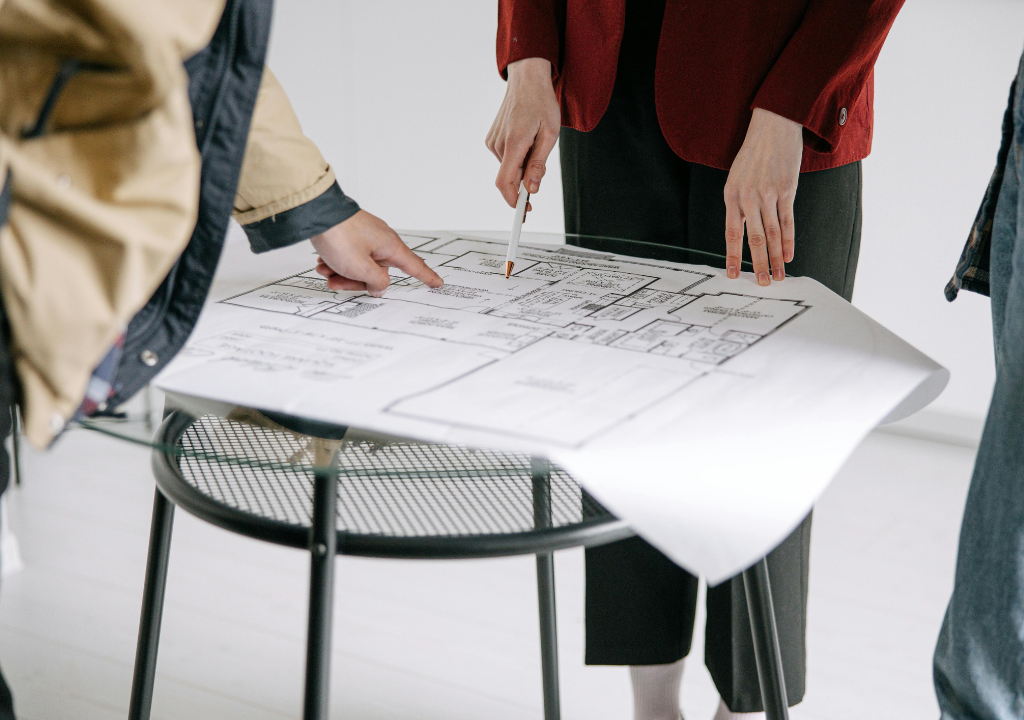
The first rule of blending an ADU with your house is consistency. Whether your main home is Spanish Revival, Mid-Century Modern, Craftsman, or Contemporary, the ADU should echo the same style cues.
Look for these elements:
Pro Tip: Ask your ADU designer to walk you through 3D renderings that show how the ADU will sit next to your house. This helps you spot mismatched styles before construction begins.
Paint and materials have a huge impact on curb appeal. If your home is light-colored with wood accents, your ADU should mirror that palette. For modern homes with darker tones, consider matching composite siding, steel accents, or minimalist trim details.
What works best:
Tip: Even if you want a touch of contrast, keep it subtle. Slight variations in shade can highlight the ADU without making it look out of place.
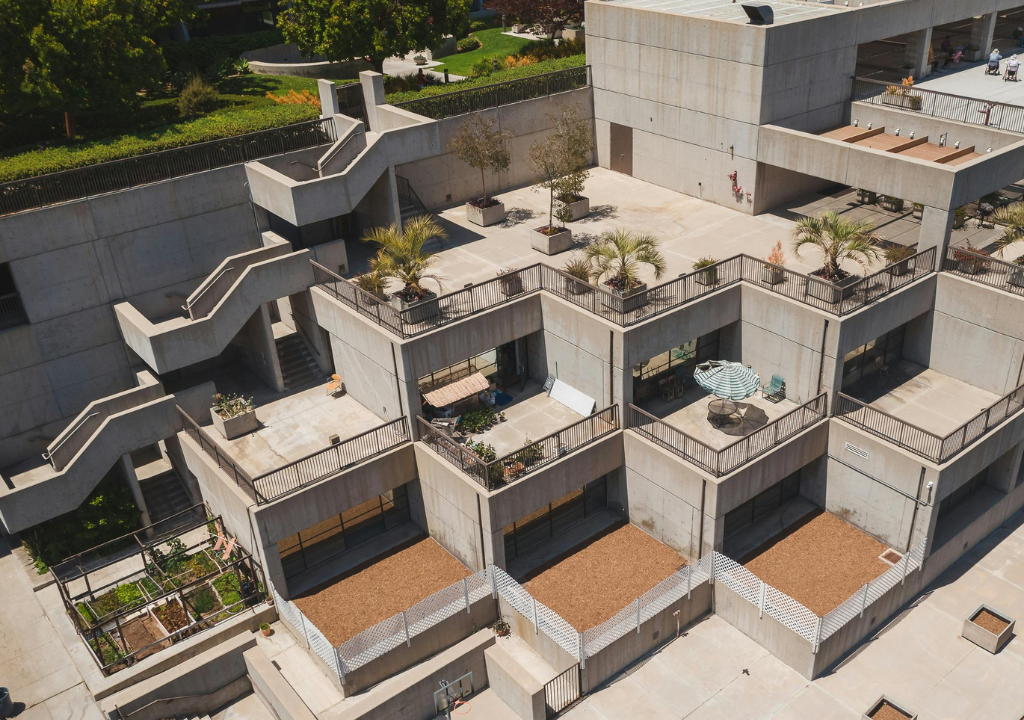
One of the clearest signs that an ADU does not belong is when its roof fails to align with the main home. To achieve harmony, your ADU designer should carefully match the roof pitch, keep the height proportional so the unit does not dominate the property, and follow California’s daylight plane and setback requirements. A detached ADU does not need to be identical, but it should be proportionally scaled to appear balanced.
The placement of your ADU matters as much as the design. Positioning the unit in harmony with your backyard, garden, or driveway ensures it feels like part of the property rather than an afterthought.
Elements to consider:
At GatherADU, our design team often creates outdoor “connection points” like shared courtyards or garden paths to bring unity to the property.
Small details matter. Windows and doors are the most noticeable features on any structure, and mismatched trim or door designs can make the ADU look disjointed.
Smart choices include:
Tip: For added privacy, your ADU designer can position windows to maximize natural light while reducing direct lines of sight into the main home.
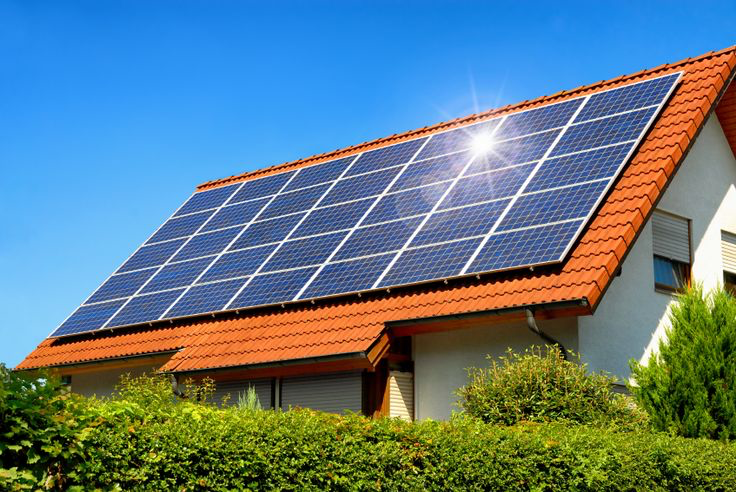
Blending an ADU with your property means more than appearance; it should also reflect performance. California Title 24 requires energy-efficient design, and you can enhance this by aligning the ADU's sustainability features with your main home.
Options include:
Not only do these features provide functional harmony, but they also add resale value.
The easiest way to guarantee your ADU blends seamlessly is by choosing a full-service ADU builder with in-house design support. With architects, designers, and contractors working together, you’ll get a cohesive plan from concept to completion.
At GatherADU, we provide:
This end-to-end process ensures your ADU is not only functional but also beautifully integrated.
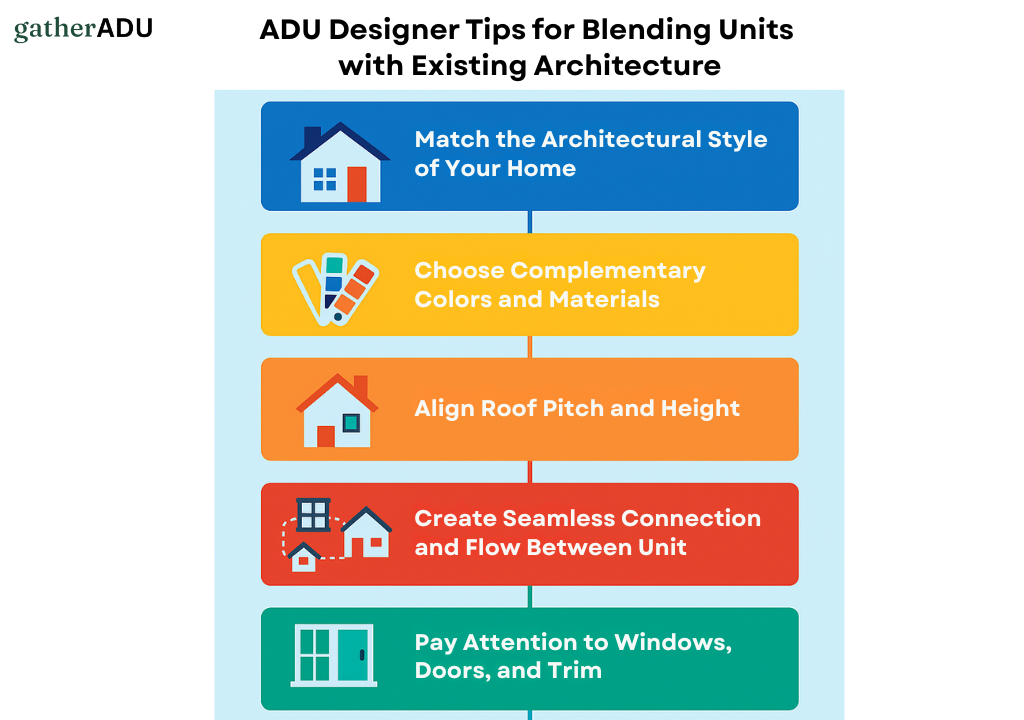
Building a backyard ADU in Los Angeles is exciting, yet many homeowners face challenges such as mismatched designs, zoning delays, and contractors overlooking important details. Without a clear strategy, your ADU may look disconnected from your home, reducing curb appeal and long-term property value instead of enhancing it.
At GatherADU, we eliminate those frustrations by combining expert design harmony with deep knowledge of local codes and proven construction excellence. From rooflines and materials to landscaping and trim, we ensure every ADU blends seamlessly with your home. Contact us today at (323) 591-3717 for a free consultation and start your project with confidence.
You can achieve a cohesive look by matching the architectural style, roofline, and exterior materials of your main home. A skilled ADU designer ensures the design flows naturally, making the structure appear like a true extension.
Yes, but the color should still complement your property’s overall aesthetic. Subtle variations add charm, while bold or clashing tones may disrupt harmony. Choosing complementary shades keeps your ADU visually appealing while staying connected to the main home.
The best way to create flow is through landscaping, walkways, and shared outdoor spaces like patios or gardens. These design features seamlessly connect both structures, ensuring the ADU feels like a natural extension of your property.
Yes, a well-integrated ADU enhances curb appeal and long-term resale value. Buyers are more attracted to properties where the ADU looks intentional and cohesive, rather than detached or mismatched. Architectural consistency maximizes both beauty and investment potential.
Absolutely. Incorporating small design differences such as trim, doors, or landscaping allows the ADU to stand out without looking out of place. The right balance between individuality and cohesion enhances the property’s overall design appeal.
.png)
Not sure where to start with your ADU project?